In the midst of an unending pandemic, talk of care is everywhere. The world over, city-wide applause for doctors and nurses became something of a nightly ritual for a while, their heroic status buoyed by the fact that they were often overwhelmed taking care of too many people in too little time and with too few resources.
Meanwhile, many parents have had to make do without school or childcare, which, especially when they had to do paid work and provide homeschooling to boot, turned out to be an almost impossible task for most.
And during lockdown, many domestic workers, home health aides and nannies found themselves both out of work and ineligible for relief packages, since this type of care work is often part of the “shadow economy”.
Coronavirus, then, hasn’t just caused a health crisis in many places, but a crisis of care as well. Or rather, it has rapidly exacerbated a care crisis that has been festering for quite some time in many parts of the world.
This is why I wanted to speak to Lynne Segal. The Australian-born activist and professor has been a fixture of the British left since she emigrated there in 1970. For the last three years, the prolific author has turned her mind exclusively to the topic of care.
Her solution to this crisis? Nothing less than a revolution in how we think about, and practise, care.
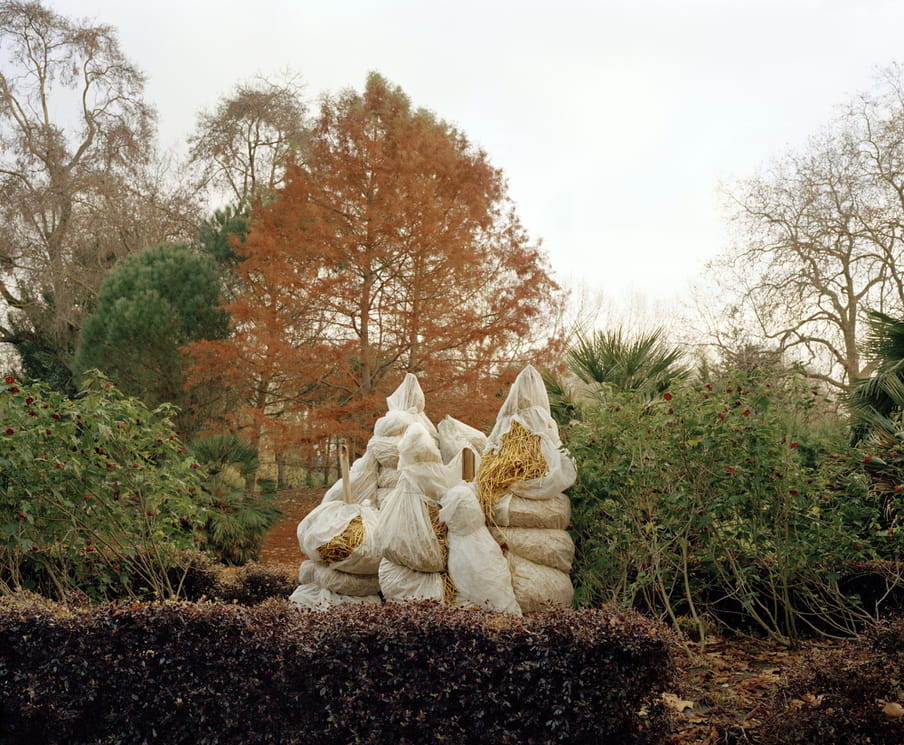
A crisis of care
In 2017, a small, interdisciplinary group of scholars and activists got together in London. They were noticing a “a lack of care” throughout the United Kingdom, manifested in underpaid nurses and overextended parents, but also in a lacklustre attitude towards the fate of refugees and the consequences of global heating. They decided to study it; Segal was part of the group, which called itself The Care Collective. Now, the collective has published The Care Manifesto: a slim, hot-pink volume that serves as an inoculation against carelessness and argues for a “politics of interdependence” .
It’s high time for such a politics, Segal said when we spoke not long after the publication of The Care Manifesto. “The welfare state in Britain was started with the promise to care for its citizens from cradle to grave,” Segal told me. Out of the postwar ruins arose the idea that the state should have a stake in people’s welfare, helping everyone to achieve a decent level of education, housing, healthcare and pension.
“But [today] we’re in a situation that’s precisely the opposite. Continuous cutbacks to welfare, austerity measures and the privatisation of care have led to expensive nurseries, understaffed elder care homes, and less provisions for adolescents with mental health issues.”
Moreover, privatisation means that healthcare has to conform to the logic of market capitalism, which in turn makes it hard to actually take good care. As Segal put it: “Care requires time and flexibility, and that’s the opposite of how the market likes to work, which is to speed up and make uniform the ways in which people care.”
‘Care requires time and flexibility, and that’s the opposite of how the market likes to work’ – Segal
Segal’s point reminded me of a community nurse in Belgium, who once told me that her rounds were planned by higher-ups in the organisation, down to the number of minutes she was to spend with each patient and the exact tasks she was to carry out. But, she told me, her patients often needed more than the scheduled wound-dressing or assistance with support stockings. They might crave a bit of small talk, say, or help with preparing a meal. Attending to her patients’ full needs, the nurse told me, might make her a good nurse; it would also make her a bad employee.
Informal care work is under pressure as well. Taking care of children is largely seen as the job of parents, restricted to the nuclear family. Over the last half century, women have joined the labour market in droves, but time has not expanded to include more hours in a day. The result: many families struggle to combine paid work with the unpaid labour that is taking care of children, unless they can afford to hire nannies and house cleaners – who often do this caring work for low pay.
But this just pushes the problem further down the global “care chain”, in which women from lower socio-economic backgrounds or even low-income countries move to wealthier ones to do care work, leaving their own children behind to be cared for by others.
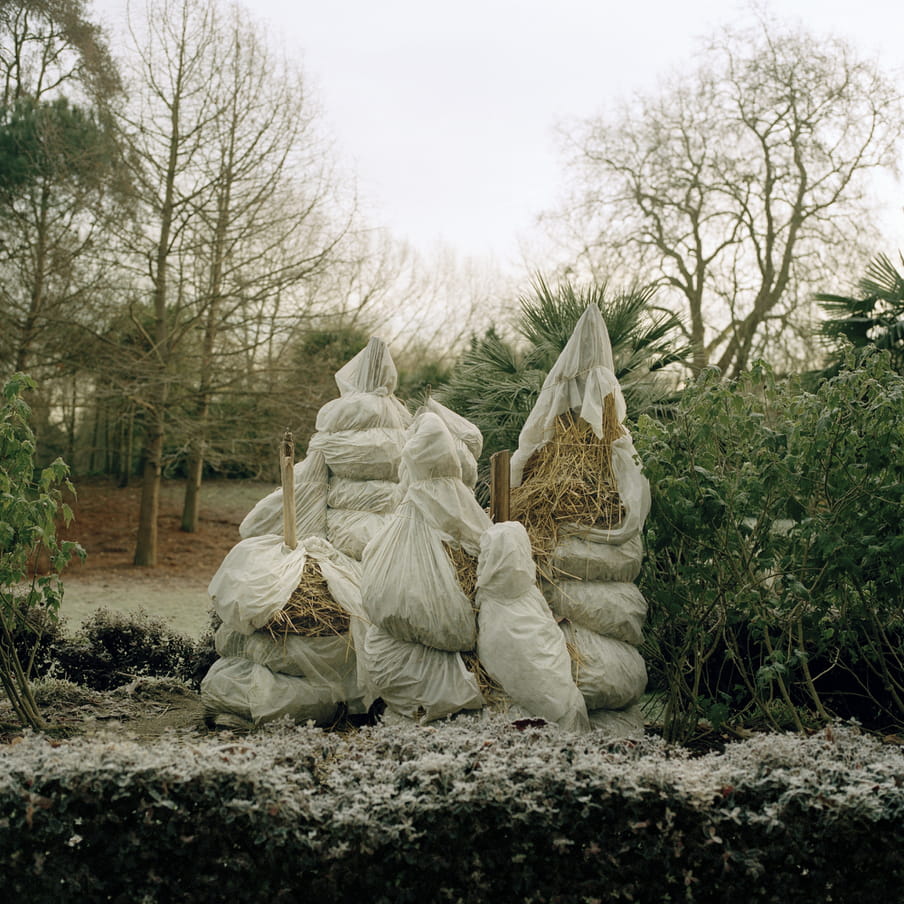
There is less time and space than ever for care
There seems to be ever less time and space, then, for care. What doesn’t help, Segal said, is the fact that in industrialised, individualist countries like the United Kingdom, “independence” counts as one of the greatest possible goods. The ideal citizen is seen as someone who is autonomous, independent, resilient and self-reliant.
She points to Trump, the US president, as the prime promoter of this kind of rugged individualism – taking off his face mask in front of the camera, telling US Americans not to fear Covid-19, and forever calling people either winners or losers, as if society were one big struggle for survival, rather than an intricate web of interdependence and mutual support. The evolution of the term self-care is another example, she told me: it’s now used mostly to market products or services to individuals so that they can take care of themselves, rather than relying on one another.
As The Care Manifesto puts it: “Dependence on care has been pathologised, rather than recognised as part of our human condition.”
But it’s as if this basic fact of what it means to be human makes us feel uncomfortable, so that we are now “in the ironic situation that the very wealthy, who love to talk about their autonomy and independence, are surrounded by armies of carers, whom they don’t recognise as such because they pay them and can sack them,” Segal said. “Whereas the people who are the most in need, like the sick and the disabled and so on, are denied the minimal resources to become more independent” – because of welfare cuts.

A utopian manifesto
In The Care Manifesto, Segal and the rest of the Care Collective hold up another ideal to counter that of independence: namely, the ideal of “universal care”. “This isn’t just about seeing our shared vulnerabilities and our interdependence and the fact that we all need care,” Segal told me. “It’s also about seeing that care needs to operate in all spheres of life, from the family and domestic life through to people being given the resources they need to care well, within healthy communities, which depend upon a sustainable world.”
The manifesto lists a whole host of changes that would be necessary to get us to a world of universal care, from creating ample public space where people can meet and help each other out to less consumption and more sharing of resources, to strengthening local democracies. Healthcare provision must become a public matter again, governments need to sign on to the Green New Deal, enabling us all to take better care of the Earth; and borders should be opened up so that we can take better care of migrants.
If it sounds like a lot, it is. Reading the manifesto made me feel excited and exhausted at the same time.
Sometimes care doesn’t even take that much: checking in with an elderly neighbour is an act of care
“We know that this is a utopian manifesto,” Segal said when I expressed this mix of feelings. “Universal care” refers to a mindset as much as it does to a set of practices: a mindset in which “care” is the most important factor to keep in mind. Even so, there are plenty of practical, manageable lessons to be drawn for those who wish to live more caring lives. Become active in local politics. Engage in a mutual aid group. Invest in ties with your local community.
Sometimes it doesn’t even take that much: checking in with an elderly neighbour is also an act of care. Segal herself is in the process of renovating her back garden, she told me: “I’m building a bigger deck and constructing a roof” so that neighbours and friends can continue to meet there, safely distanced and outside but dry throughout the coming pandemic winter.
In addition to universal care, The Care Manifesto also advocates for an ethics of “promiscuous care”. That means, Segal said, “that care isn’t something that is just confined to this ever-smaller nuclear family” – or to the hospital, for that matter – but that instead, we should all experiment freely with caring for each other, other living beings, and the environment. Take Greece, which, in the aftermath of the 2008 financial crash, saw the emergence of a plethora of grassroots mutual aid initiatives. This, Segal told me, is an instance of promiscuous care.
Care moved outside of the family then – and in a way, something similar has happened now, with the current pandemic. “There was the formation of a lot of mutual aid groups, which were very important, especially in the beginning. And still today, many of my friends go out visiting the homeless, providing food, checking on elderly people in their neighbourhood."
“And it’s that idea: that we have responsibility for each other, not just within the family, where in any case it’s often most intense due to struggles around dependence and autonomy that make care so difficult. The idea of promiscuous care is that there’s always someone else, someone outside the nuclear family, that you could call on.”
In order to practice promiscuous care, we will need enough resources. Time, for one, and since time is often money, we’ll need enough money too. This is where the state comes back in, which can enact policies around minimum wage and affordable housing, and more generous benefits. Our ability to care needs care, too.
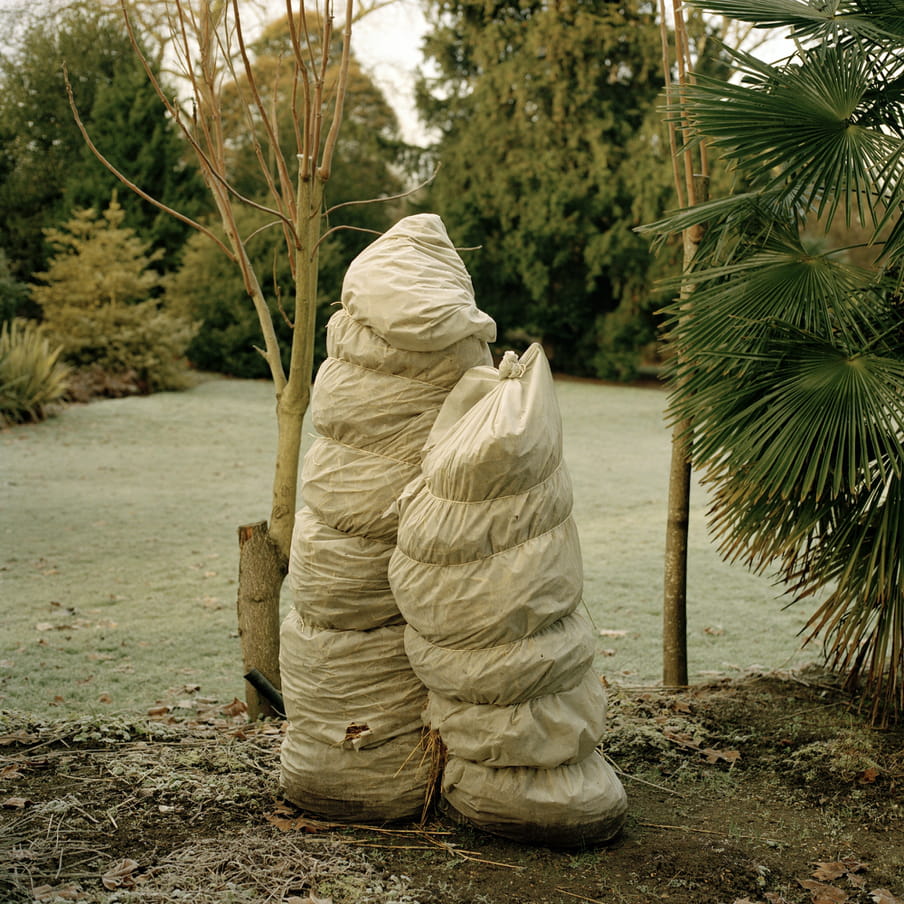
Care can be rewarding – but it takes time
Because yes, taking care can be a hard and difficult thing to do. It’s hard to be confronted with frailty and neediness and the vulnerability of the human body; it’s hard to put yourself aside and make yourself available to the unpredictable needs of another. The very etymology of “care” suggests as much: it comes “from the Old English caru, meaning care, concern, anxiety, sorrow, grief, trouble – its double meanings clearly on display,” as The Care Manifesto points out.
As Segal told me, care “can be rewarding but only if you put sufficient time and imagination into it”. Taking care of a four-year-old while also responding to work-emails doesn’t do anyone any good. Treating a patient’s wounds while not finding the time to make them a cup of tea and listen to them talk about their grandchildren might not feel like taking care at all.
According to Segal: “At any time you don’t know quite what you’re going to have to respond to. Care can lead to all kinds of conflict and ambivalence, and even resentment and hostility. But apart from the burdens and difficulties which are very real, the joys of knowing that you can do it are also very real. When you feel that you’ve been able to give something, that you are needed, that’s so important for all of us.”
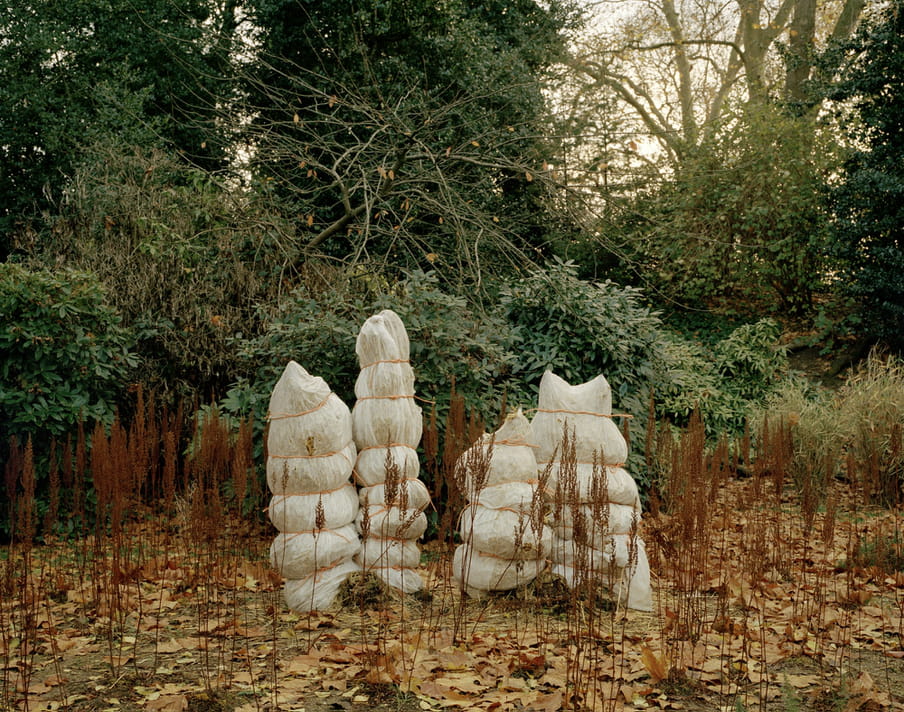
Time for a caring revolution
As is befitting, perhaps, for a utopian manifesto, The Care Manifesto can be rather impractical at times. Take, for instance, its “opening premise”, which is “that we must first and foremost recognise our mutual interdependencies and the intrinsic value of all living creatures”.
That sounds lovely, but it doesn’t change the fact that for most of us, there is a hierarchy of care. In general, we care more about those who are near us – our family, our friends – than we do about those who are far away. That’s to say, when we care, we choose; for this person, and therefore not for that other person – if only because there are only so many hours in a day and only so many people we can take care of.
The Care Collective espouses a broad conception of “care”. It focuses not only on “hands-on” care, the direct work of “looking after the physical and emotional need of others”, but also sees care as “a social capacity and activity involving the nurturing of all that is necessary for the welfare and flourishing of life”.
But sometimes caring for one living creature involves discounting or destroying another living creature – think of how we kill or exploit animals on a massive scale to feed the children we love; or how we close off borders for strangers to “protect” people like us; or how caring for our built environment might come at the cost of caring for the planet as a whole.
Care is specific by nature, which is why such conflicts are inescapable, no matter how caring, thoughtful and compassionate we are.
We have a rare opportunity ... to revolutionise the way we understand and practise care
Yes, Segal said when I mentioned that to her, “we [the Care Collective] have this principle – but like with all principles, there will always be contradictions there. We can’t take care of every living being” – bacteria, mosquitos, and rats come to mind as those who may be exempt from our promiscuous care. Then again, Segal added: “The ability to recognise such contradictions is part of the complexity of caring life. Which is precisely why caring shouldn’t be just down to an individual, and we need this more capacious notion of care. We need people to know that there are others who can support them, and with whom they can talk about these contradictions and conflicts.”
The Care Manifesto, then, is not just a book in praise of care. More importantly, it is a call to take a good hard look at care and to see care for what it really is, to share its joys and burdens equally, and to make it possible whenever we can. It might be utopian, and yet, Segal said, “at the same time it seems so obvious that this is what we need”.
It seems even more obvious at this time, when questions of care and interdependence are thrown into stark relief. This probably explains the hopeful note on which The Care Manifesto ends: “In our current moment of rupture … we have a rare opportunity” – if not to start a revolution, then at least to revolutionise the way we understand and practise care.
 About the images
Max Catterall’s family portraits attest to the tendency to recognise ourselves in other lifeforms. By associating these clusters of wrapped plants with a form of typical human behaviour, the emphasis is on the fragility of the plants. And suddenly the practical wraps evoke a feeling of warmth and security.
About the images
Max Catterall’s family portraits attest to the tendency to recognise ourselves in other lifeforms. By associating these clusters of wrapped plants with a form of typical human behaviour, the emphasis is on the fragility of the plants. And suddenly the practical wraps evoke a feeling of warmth and security. Anthropomorphism has long been taboo in science. It is seen as lacking objectivity. But traditionally, besides being a way of describing other life, it is also a way of expressing kinship between humans and non-humans. Seen in this way, Catterall’s images do not show a skewed balance of power but compassion instead. (Isabelle van Hemert, image editor)
Dig deeper
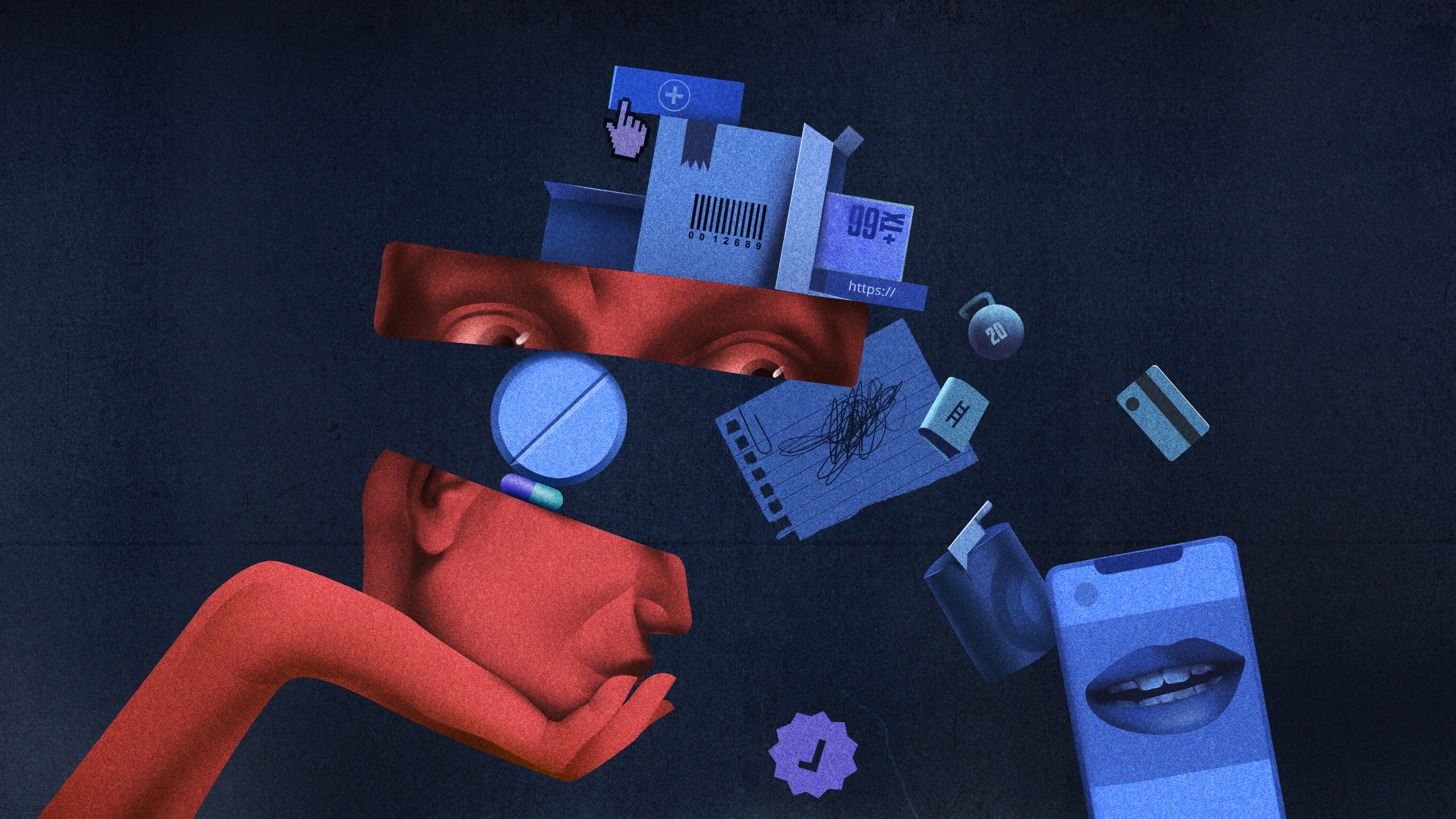 The time has come to take the self out of self-care
While the reminder to care for oneself can lead to improved wellbeing, the idea is increasingly commodified and weaponised against those who are most vulnerable. Here are four problems with our golden age of self-care.
The time has come to take the self out of self-care
While the reminder to care for oneself can lead to improved wellbeing, the idea is increasingly commodified and weaponised against those who are most vulnerable. Here are four problems with our golden age of self-care.


